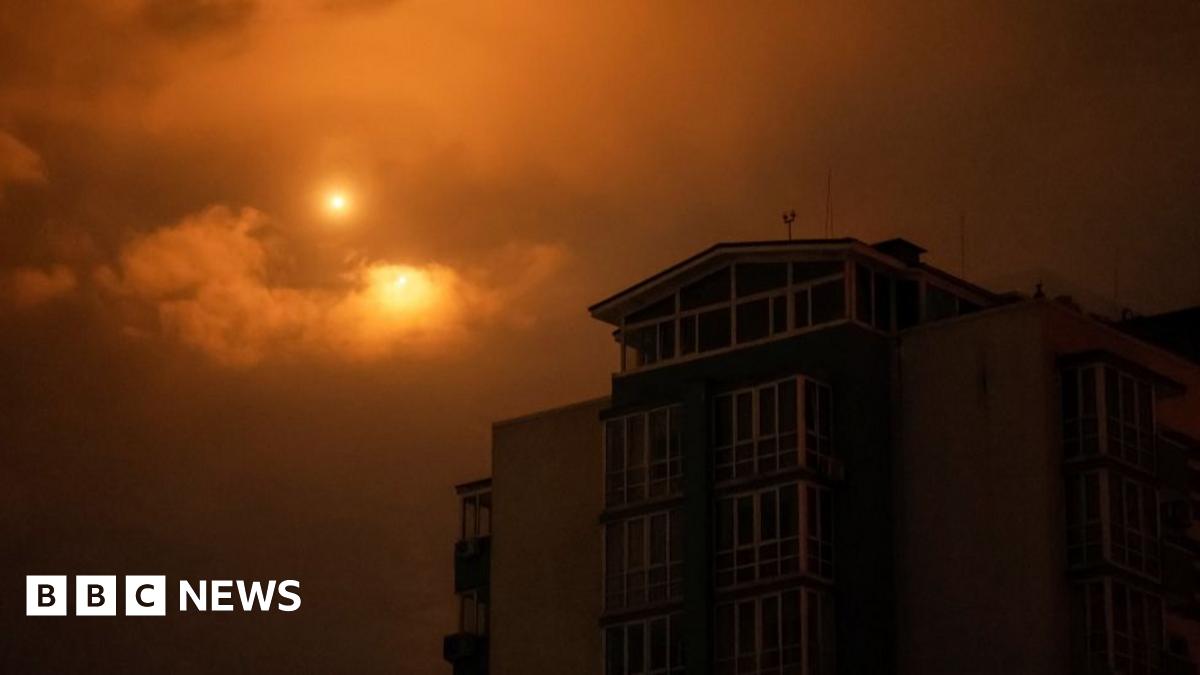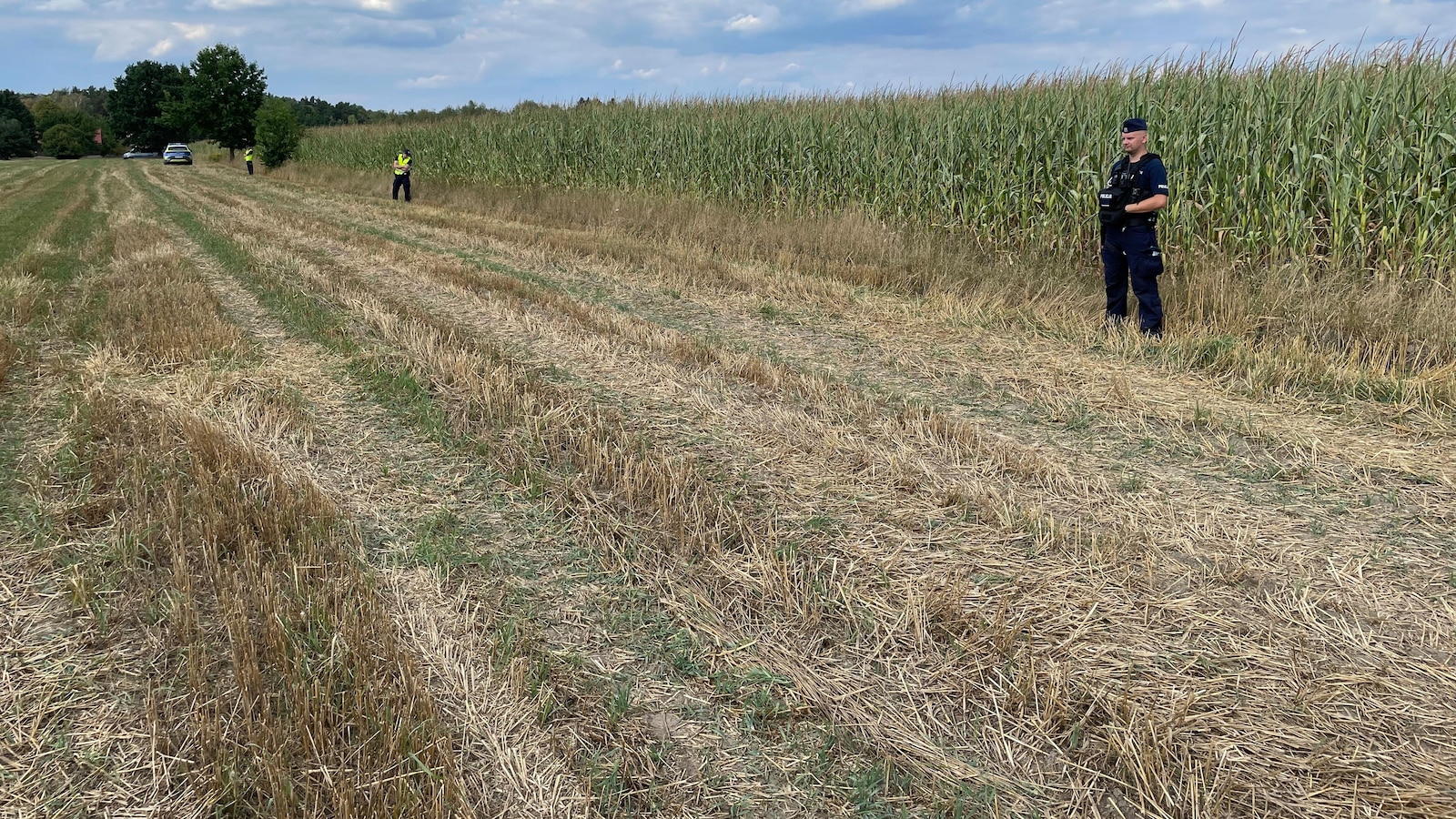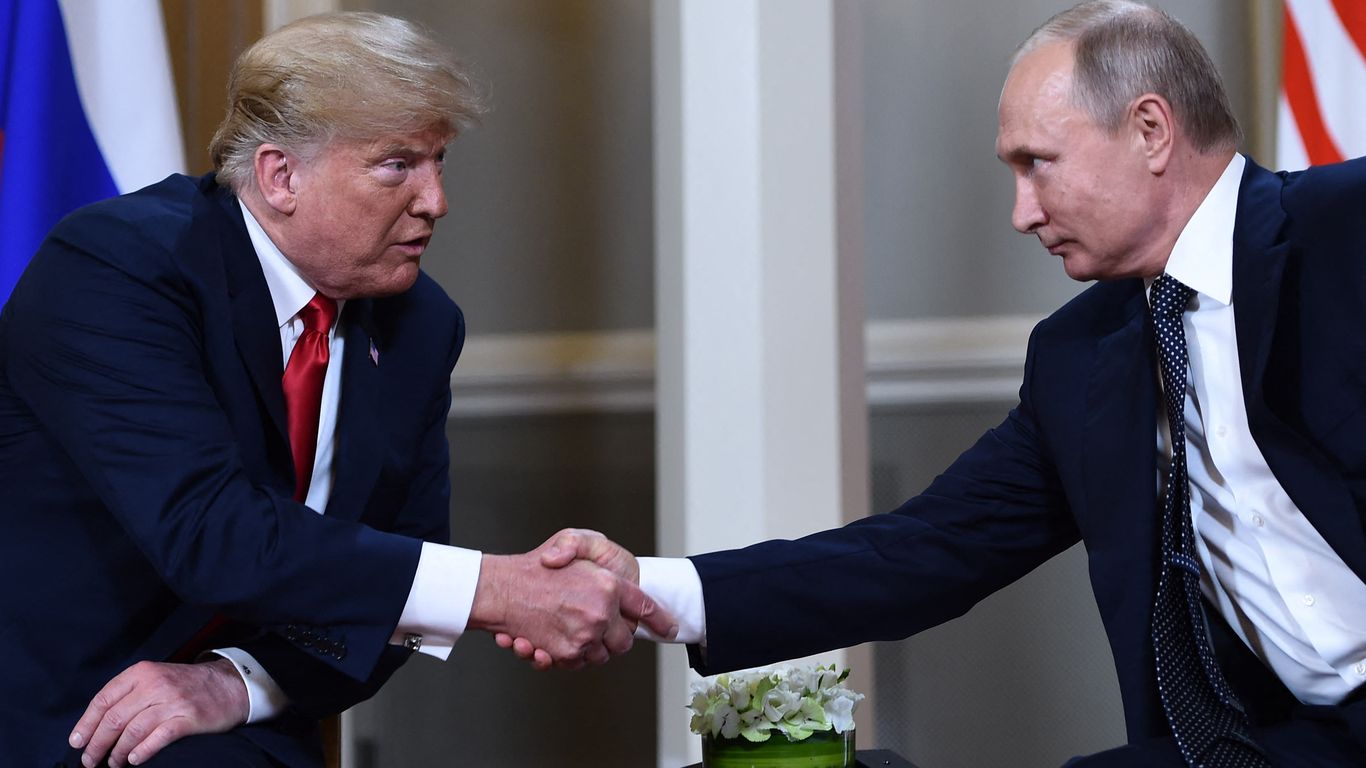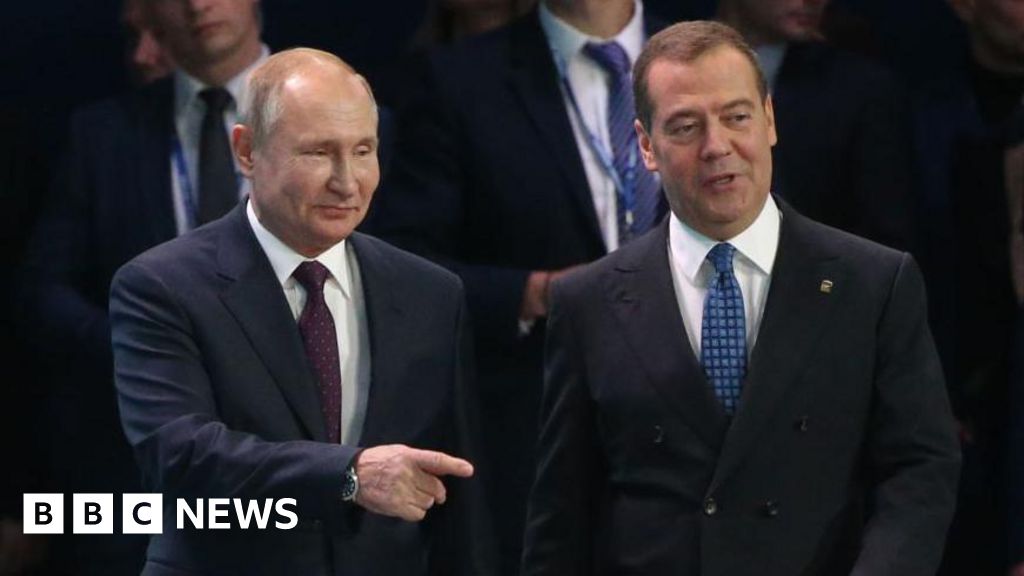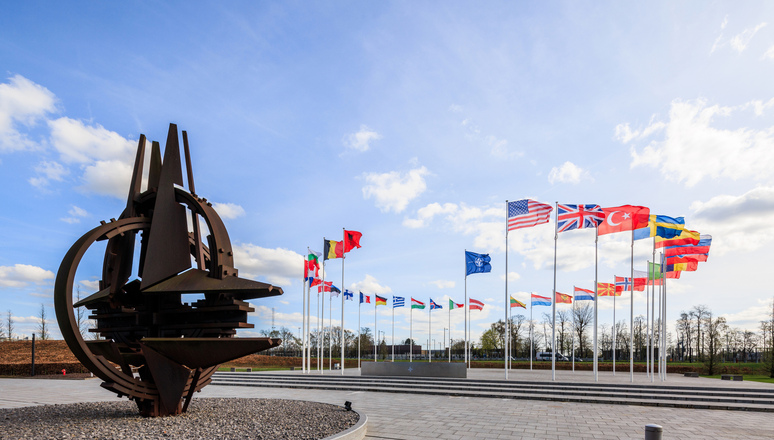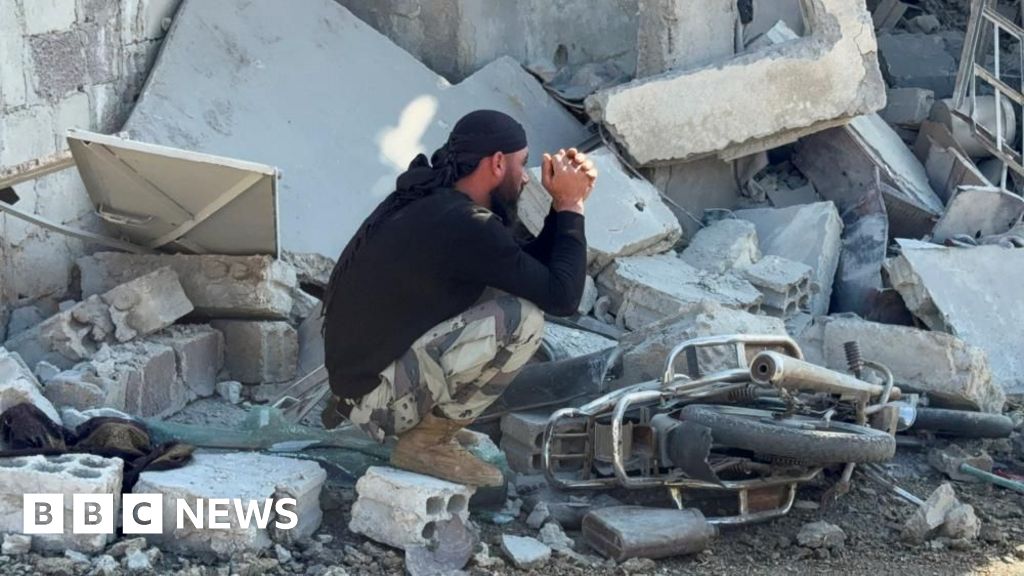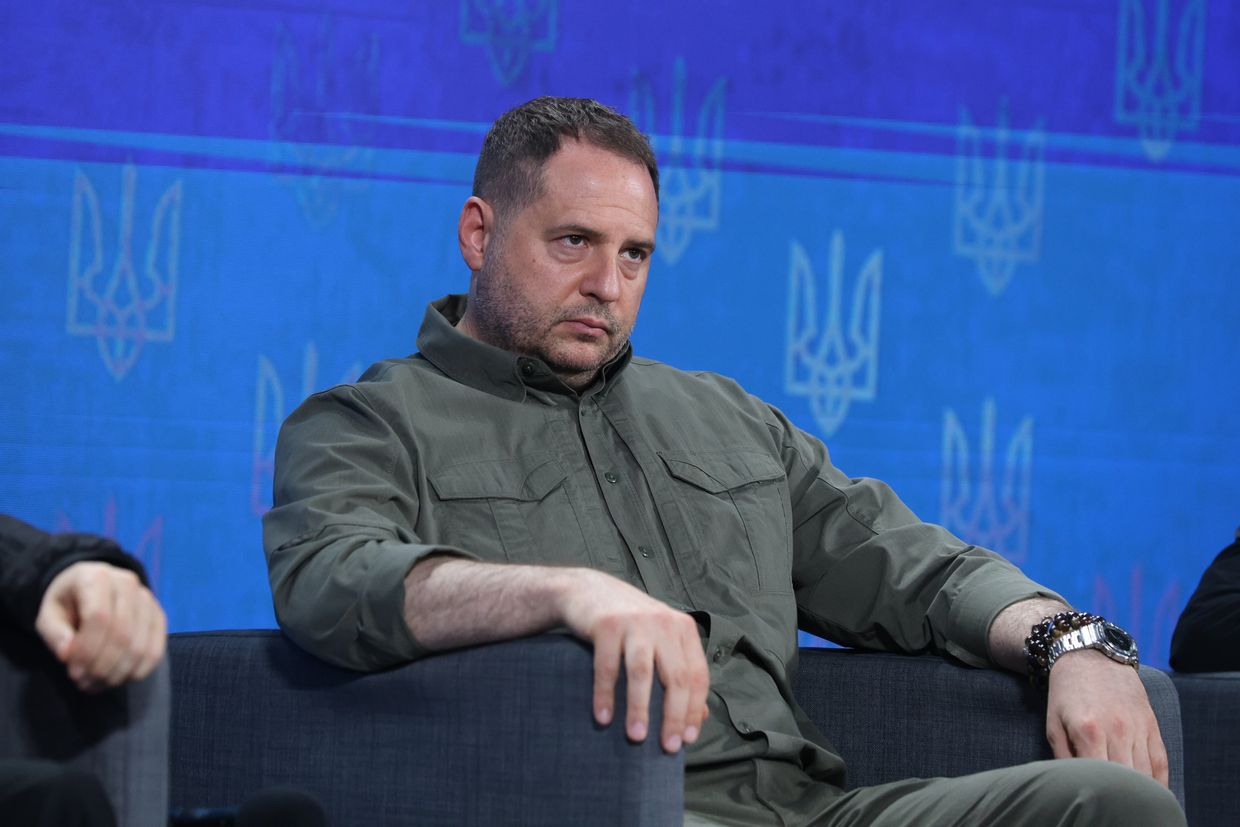Poland Invokes NATO Article 4 After Russian Drone Violations

Poland Invokes NATO Article 4 After Russian Drone Violations
In the midst of ongoing tensions with its neighbor Ukraine, Poland has taken a bold move by invoking NATO Article 4 and accusing Russia of violating its airspace with 19 drone attacks overnight. This comes as a strong response to Moscow's denial of any involvement in the drone attacks, claiming they were not Russian-made. The situation has escalated to a point where Poland felt it necessary to seek support from NATO and publicly denounce Russia's actions.
The Growing Tensions Between Poland and Russia
The recent drone attacks are just the latest in a series of events that have heightened tensions between Poland and Russia. In the past year, there have been multiple border incidents and military exercises near the Polish border that have raised concerns for Poland's security. This latest violation of its airspace has only added fuel to the fire and prompted Poland to take action.
The Implications for NATO and Beyond
By invoking NATO Article 4, Poland is not only seeking support from its allies, but also sending a strong message to Russia. It is a clear indication that Poland will not stand by and watch its sovereignty be threatened. This move has also sparked discussions about the role of NATO and its involvement in regional conflicts. With tensions continuing to rise, it is uncertain how this situation will unfold, but one thing is certain - Poland's invocation of
About the Organizations Mentioned
NATO
The **North Atlantic Treaty Organization (NATO)** is a transatlantic military alliance founded in 1949 to secure peace in Europe and protect democratic nations from Soviet aggression. It began with 12 founding members and has expanded to include 32 countries across North America and Europe as of 2025, including recent additions Finland (2023) and Sweden (2024)[1][3]. NATO's core principle is collective defense, meaning an attack against one ally is considered an attack against all, enshrined in Article 5 of its founding treaty[3]. Originally established as a Cold War bulwark, NATO has evolved beyond its initial Euro-Atlantic focus, engaging in missions worldwide, such as in Afghanistan and Libya[1]. The alliance remains central to U.S.-Europe military cooperation and has adapted to new security challenges, particularly Russia’s 2022 invasion of Ukraine, which has significantly reshaped NATO’s priorities. This aggression has spurred increased defense spending, stronger collective deterrence efforts, and accelerated Ukraine’s path toward potential membership[1][4]. In June 2025, NATO held its first summit in the Netherlands, where leaders agreed on raising defense spending targets to 5% of GDP—split between 3.5% for core defense and 1.5% for related security costs, including support for Ukraine. This marked a historic commitment to bolster the alliance’s military capabilities amid evolving global threats. The summit also emphasized eliminating defense trade barriers and reaffirmed the ironclad commitment to collective defense[2][5]. NATO’s ongoing significance lies in its role as a strategic security platform fostering cooperation among member states, responding to geopolitical instability, and adapting to emerging threats like terrorism and cyber warfare[4]. Its "open door" policy continues to invite eligible European democracies to join, reinforcing its mission to safeguard peace, democracy, and shared technological and defense innovations across allied nations[1][4].
